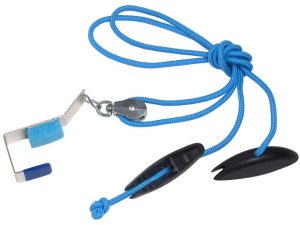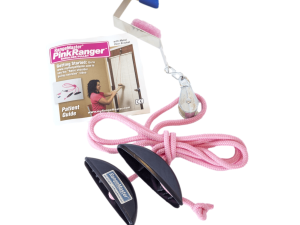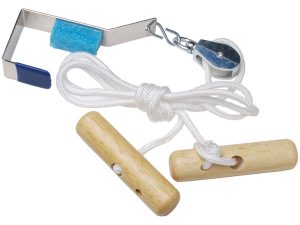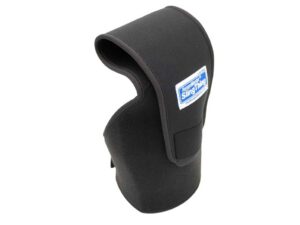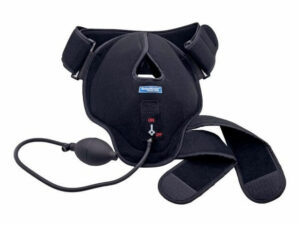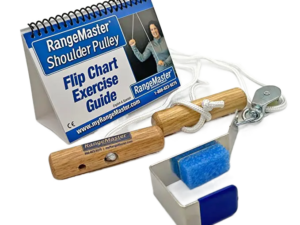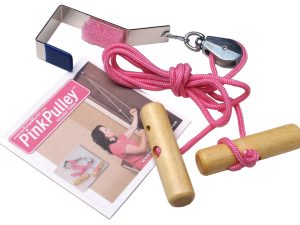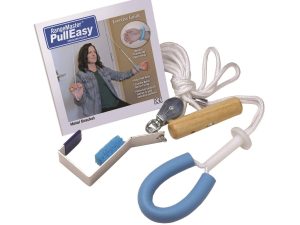Knowing what to do when you first injure your shoulder can be a little confusing.
Should you get it checked out by a doctor? Do you need imaging? Can you just take care of it on your own at home?
So, what exactly should you do?
Stay at Home Vs. Trip to the ER
If you’ve experienced a trauma or obvious injury to the shoulder, such as a fall, then you should really have it looked at right away. Waiting to have the shoulder examined if there’s any possible concern for a fracture or severe soft tissue tear, especially when accompanied by extreme pain and debilitation, is never a good thing. So, in a case like this, go get it checked out immediately. Read more about when rotator cuff surgery may be necessary here.
Now, if you gradually started having some atraumatic shoulder pain set in, you likely won’t need it looked at urgently. This could be the case if you wake up with a sore or stiff shoulder, over did things at the gym, or maybe had a day you were doing a lot of lifting and moving things around the house and the shoulders got overworked. In scenarios such as these, some home remedies and activity modifications can help get you back on track.
If, however, you do experience shoulder pain not related to an injury and it doesn’t go away after 1-2 weeks, you may want to go ahead and have your doctor take a look. You could potentially need a referral to physical or occupational therapy.
R.I.C.E.

When shoulder pain begins (let’s focus on non-emergency circumstances), the R.I.C.E. method is a classic and great go-to to initially treat your pain.
- Resting the arm is key to recovery. If you try to keep using it after an initial injury, you could worsen the injury and cause further pain.
- Ice, ice, ice! Try using ice versus heat the first 72 hours after an injury or pain onset, as there likely is some inflammation in the joint. Ice will better address the inflammation versus heat in these initial stages of healing. Ice for no more than 20 minutes at a time and take at least a minimum of 30 minutes between icing sessions.
- Compression can be very helpful to control inflammation, pain, and reduce any potential swelling.
- Elevation will also assist with swelling management and subsequently pain control. It can be helpful to elevate the arm with a pillow underneath, as this will feel more supportive and comfortable.
A tool like the Shoulder Compression Wrap can be very helpful in the R.I.C.E. stage of healing.
Activity Modification
After an initial injury, it’s important not to cause more stress around the shoulder. You may have to modify your normal activities, particularly those in the gym and recreational activities, until you’re able to carry out your day-to-day movements without any pain or restrictions.
Try not to force your range of motion, especially with overhead, rotational and extension directions, as this can further irritate the shoulder. Use the arm… but don’t overuse it… Try to functionally use the arm in a tolerable range, that doesn’t exacerbate pain.
Avoid excessive lifting, especially of heavier objects, in order to avoid further straining of the shoulder.
Getting Back to Normal

After about a week or two of practicing the above methods, you should begin to notice improvements in pain and functional use of the arm.
As this happens, try to gradually practice some basic range of motion and shoulder strengthening exercises. If you can tolerate these with no pain flare ups, then you should be able to gradually resume your normal recreational and exercise activities. Just be mindful to pay attention to any signs of pain or discomfort, to avoid a re-injury.
If you’re still experiencing pain and limitations after 1-2 weeks from the pain onset (this is again considering a non-emergency situation), then you should go ahead and make an appointment to see your medical doctor. They may suggest imaging to get a better look at things, plus a referral to a rehab specialist for further guidance and assistance in recovering.

